Home>Furniture & Design>Bathroom Accessories>How To Turn A Shower Into A Bathtub?
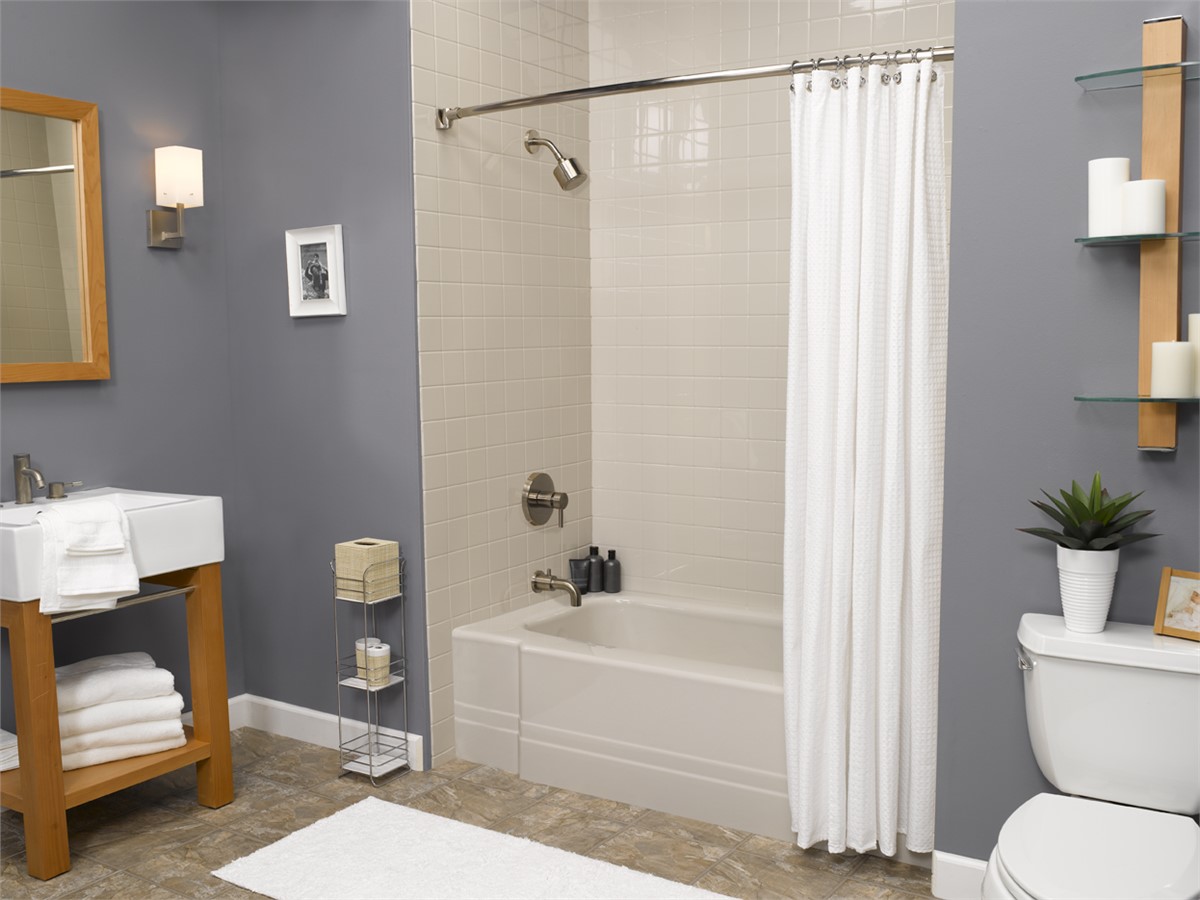

Bathroom Accessories
How To Turn A Shower Into A Bathtub?
Modified: April 22, 2024
Transform your shower into a luxurious bathtub with our top bathroom accessories. Find everything you need for a stylish and functional upgrade.
(Many of the links in this article redirect to a specific reviewed product. Your purchase of these products through affiliate links helps to generate commission for Storables.com, at no extra cost. Learn more)
Introduction
Transforming a shower into a bathtub can be a game-changer for your bathroom. Whether you're looking to create a more versatile bathing space or simply craving a luxurious soak, this conversion opens up a world of possibilities. By understanding the essential steps and considerations involved in this process, you can embark on this exciting project with confidence and clarity.
This article will guide you through the process of turning a shower into a bathtub, providing valuable insights into assessing the space, selecting the right bathtub, preparing the shower area, installing the bathtub, and adding the finishing touches. Each step is crucial in ensuring a successful transformation that aligns with your vision for the ideal bathroom.
As you delve into this journey, keep in mind that the transformation from a shower to a bathtub is not merely a physical alteration but a reflection of your personal style and preferences. It's an opportunity to infuse your bathroom with functionality, comfort, and aesthetic appeal, elevating it to a space that resonates with your lifestyle and enhances your daily routine.
With the right guidance and a clear understanding of the process, you can embark on this endeavor with enthusiasm and anticipation. Let's explore the transformative journey of turning a shower into a bathtub, unlocking the potential for a rejuvenating and indulgent bathing experience right in the comfort of your home.
Key Takeaways:
- Transforming a shower into a bathtub involves assessing space, choosing the right bathtub, preparing the area, and meticulous installation. It’s a journey of personal style and functionality, creating a luxurious bathing experience at home.
- Selecting the right bathtub is crucial, considering size, style, material, features, and budget. Meticulous preparation and installation ensure a seamless transformation, creating a polished and indulgent bathing space.
Read more: How To Turn A Bathtub Into A Shower?
Assessing the Space
Assessing the space is the crucial first step in the process of turning a shower into a bathtub. It involves a comprehensive evaluation of the existing shower area to determine its suitability for accommodating a bathtub. Here's a detailed breakdown of the key aspects to consider during this assessment:
-
Physical Dimensions: Begin by measuring the dimensions of the current shower space. This includes the length, width, and height of the area. These measurements will serve as the foundation for determining the size and type of bathtub that can be accommodated within the available space.
-
Structural Integrity: Evaluate the structural integrity of the surrounding walls and flooring. Ensure that the walls are capable of supporting the additional weight of a bathtub, especially if it's a freestanding or larger tub. Similarly, check the flooring for any signs of water damage or instability that may need to be addressed before proceeding with the installation.
-
Plumbing and Drainage: Assess the existing plumbing and drainage systems to determine their compatibility with a bathtub installation. Verify the location of the water supply lines and drain to ascertain whether they align with the requirements of the chosen bathtub. If modifications are needed, it's essential to factor in the associated plumbing work into the overall project plan.
-
Ventilation and Accessibility: Consider the ventilation in the bathroom to ensure that the addition of a bathtub will not compromise airflow or create moisture-related issues. Additionally, assess the accessibility of the space, taking into account doorways, maneuvering space, and any potential obstacles that may impact the installation process.
-
Aesthetic Integration: Evaluate how the new bathtub will integrate aesthetically with the overall bathroom design. Consider factors such as color coordination, style coherence, and the visual impact of the bathtub within the existing space. This assessment sets the stage for selecting a bathtub that harmonizes with the bathroom's ambiance and design theme.
By meticulously assessing these critical elements, you can gain a comprehensive understanding of the space and its readiness for the transformation from a shower to a bathtub. This initial evaluation lays the groundwork for informed decision-making and sets the stage for a seamless and successful transition.
Choosing the Right Bathtub
Selecting the right bathtub is a pivotal decision that significantly influences the success and satisfaction of turning a shower into a bathtub. This process involves a thoughtful consideration of various factors to ensure that the chosen bathtub aligns with your preferences, space constraints, and functional requirements. Here's a detailed exploration of the key aspects to focus on when choosing the right bathtub for your transformed bathroom:
Size and Dimensions
The size and dimensions of the bathtub play a crucial role in determining its compatibility with the available space. Measure the area designated for the bathtub installation, taking into account the length, width, and height restrictions. Consider the layout of the bathroom and the surrounding fixtures to determine the optimal size that balances comfort and practicality. Additionally, factor in the doorways and maneuvering space to ensure that the selected bathtub can be maneuvered into the bathroom without complications.
Style and Design
The style and design of the bathtub contribute to the overall aesthetic appeal of the bathroom. Whether you prefer a classic clawfoot tub, a sleek and modern freestanding tub, or a space-saving alcove bathtub, aligning the bathtub's design with the existing bathroom decor is essential. Consider the visual impact of the bathtub, including its shape, material, and finish, to create a cohesive and harmonious ambiance within the space.
Read more: How To Shower In A Bathtub?
Material and Construction
Bathtubs are available in a variety of materials, each offering distinct advantages in terms of durability, heat retention, and maintenance. Common materials include acrylic, fiberglass, cast iron, and solid surface materials. Evaluate the pros and cons of each material, considering factors such as ease of cleaning, resistance to stains and scratches, and heat retention properties. Additionally, assess the construction of the bathtub, ensuring that it meets quality standards and is built to withstand long-term use.
Features and Functionality
Consider the features and functionality that enhance the bathing experience. This may include built-in armrests, contoured backrests, slip-resistant surfaces, and integrated soaking depth. If you desire a spa-like experience, explore options with hydrotherapy jets or air massage systems. Assess the practical aspects such as the placement of faucet and drain fixtures, as well as the ease of entry and exit, to ensure that the chosen bathtub aligns with your comfort and convenience preferences.
Budget and Installation Considerations
Establish a clear budget for the bathtub, factoring in not only the cost of the unit itself but also the associated installation expenses. Consider any additional plumbing or structural modifications that may be required to accommodate the chosen bathtub. It's essential to strike a balance between quality, functionality, and cost-effectiveness, ensuring that the selected bathtub offers long-term value and aligns with your overall project budget.
By carefully evaluating these considerations, you can confidently select a bathtub that complements your vision for the transformed bathroom. The right bathtub serves as the centerpiece of a rejuvenating and indulgent bathing experience, elevating the functionality and aesthetic appeal of your newly transformed space.
Preparing the Shower Area
Preparing the shower area for the transformation into a bathtub is a critical phase that sets the stage for a seamless and successful installation process. This phase involves a series of meticulous steps aimed at ensuring that the existing space is primed and ready to accommodate the new bathtub. Here's a detailed breakdown of the essential tasks involved in preparing the shower area:
Removal of Existing Fixtures
The first step in preparing the shower area is to remove the existing fixtures, including the showerhead, faucet handles, and any other components specific to the shower. Carefully disconnect the plumbing connections and uninstall the fixtures, ensuring that the surrounding walls and flooring remain undamaged during this process. Thoroughly clean the exposed plumbing connections and assess the condition of the underlying wall and floor surfaces.
Addressing Plumbing Modifications
Depending on the specific requirements of the chosen bathtub, plumbing modifications may be necessary to facilitate the installation. This may involve repositioning the water supply lines, adjusting the drain location, or installing additional plumbing connections to accommodate the new bathtub. It's crucial to enlist the expertise of a qualified plumber to handle these modifications, ensuring that the plumbing work aligns with local building codes and standards.
Structural Reinforcement
In some cases, structural reinforcement may be required to support the weight of the new bathtub. This is particularly relevant for freestanding or larger tubs that impose additional load on the surrounding floor and walls. Assess the structural integrity of the designated bathtub area and implement any necessary reinforcements, such as adding support beams or reinforcing the flooring, to ensure that it can adequately withstand the weight and pressure exerted by the bathtub.
Waterproofing and Moisture Barrier
To safeguard the underlying structure from water damage and moisture infiltration, it's essential to establish a robust waterproofing and moisture barrier system. This involves applying waterproof membranes to the walls and floor surrounding the bathtub area, creating a protective shield against potential leaks and moisture penetration. Proper waterproofing is crucial for preserving the integrity of the bathroom's structural elements and preventing issues such as mold and mildew growth.
Read more: How To Add Shower To Bathtub
Surface Preparation
Once the necessary modifications and reinforcements have been addressed, the surfaces surrounding the bathtub area require meticulous preparation. This includes smoothing and leveling the walls and floor to ensure a uniform and stable foundation for the bathtub installation. Any imperfections or irregularities in the surfaces should be rectified to facilitate a secure and precise fit for the new bathtub.
By meticulously executing these preparatory tasks, you can establish a solid foundation for the installation of the new bathtub. This phase sets the groundwork for a seamless and successful transition from a shower to a bathtub, ensuring that the transformed space is not only visually appealing but also structurally sound and functional.
Installing the Bathtub
The installation of the bathtub marks a pivotal phase in the transformation process, where meticulous attention to detail and precision is paramount. This critical step involves the careful positioning, securing, and integration of the chosen bathtub within the designated space, culminating in the realization of your vision for a rejuvenating and indulgent bathing area.
Positioning and Alignment
The initial stage of the installation process entails positioning the bathtub within the prepared space, ensuring precise alignment with the designated plumbing connections and surrounding walls. Careful measurements and adjustments are made to guarantee that the bathtub sits level and securely in place, laying the foundation for a seamless integration with the existing bathroom layout.
Plumbing Connections
Once the bathtub is positioned, the focus shifts to establishing the necessary plumbing connections. This involves connecting the water supply lines to the designated fixtures on the bathtub, ensuring a secure and leak-free interface. Simultaneously, the drain assembly is meticulously installed, aligning with the pre-determined drainage outlet to facilitate efficient water removal during use.
Read more: How To Replace A Bathtub Shower
Securing and Leveling
Securing the bathtub in its designated position is a critical aspect of the installation process. This entails anchoring the bathtub to the surrounding walls and floor, utilizing appropriate fasteners and support mechanisms to ensure stability and structural integrity. Additionally, meticulous attention is given to leveling the bathtub, guaranteeing a uniform and balanced orientation that enhances both functionality and visual appeal.
Sealing and Finishing Touches
With the bathtub securely in place, the final phase of the installation involves sealing the interfaces and applying finishing touches. Waterproof sealants are meticulously applied to the joints and connections, creating a robust barrier against potential leaks and moisture infiltration. Any remaining gaps or exposed areas are meticulously addressed, ensuring a seamless and polished aesthetic that complements the overall bathroom design.
Quality Assurance and Testing
Upon completing the installation, a comprehensive quality assurance and testing phase is undertaken to validate the integrity and functionality of the newly installed bathtub. This includes conducting thorough leak tests, assessing the stability of the fixtures and connections, and verifying the proper operation of the drainage system. Rigorous testing ensures that the bathtub installation meets the highest standards of performance and reliability.
By meticulously executing each stage of the installation process, the transformation from a shower to a bathtub culminates in the realization of a rejuvenating and luxurious bathing space. The seamless integration of the bathtub, coupled with meticulous attention to detail and precision, elevates the functionality and aesthetic appeal of the bathroom, creating an oasis of relaxation and indulgence within the comfort of your home.
Sealing and Finishing Touches
With the bathtub securely in place, the focus shifts to the crucial phase of sealing and adding the finishing touches. This stage plays a pivotal role in ensuring the longevity, functionality, and visual appeal of the newly installed bathtub. Meticulous attention to detail and precision is paramount as the final elements are integrated to create a seamless and polished aesthetic that harmonizes with the overall bathroom design.
Read more: How To Replace A Bathtub With A Shower?
Waterproof Sealants and Joints
The application of waterproof sealants to the joints and connections surrounding the bathtub is a fundamental aspect of the sealing process. This involves meticulously sealing the interfaces where the bathtub meets the walls and floor, as well as the areas around the plumbing fixtures. The sealants create a robust barrier against potential leaks and moisture infiltration, safeguarding the underlying structure and preserving the integrity of the installation. Careful application and smoothing of the sealants ensure a clean and uniform finish, enhancing both the visual appeal and functionality of the bathtub area.
Trim and Edging
Attention to detail extends to the trim and edging surrounding the bathtub, where meticulous precision is employed to achieve a seamless and polished appearance. Any remaining gaps or exposed areas are meticulously addressed, ensuring that the transition between the bathtub and the surrounding surfaces is smooth and visually cohesive. Trim pieces and edging materials are carefully installed to create a clean and refined border, enhancing the overall aesthetic integration of the bathtub within the bathroom space.
Aesthetic Integration
The sealing and finishing touches phase also encompasses the aesthetic integration of the bathtub within the existing bathroom design. This involves ensuring that the chosen sealants, trim pieces, and edging materials align harmoniously with the overall color scheme, style, and ambiance of the bathroom. Attention is given to creating a cohesive visual flow, where the bathtub seamlessly integrates with the surrounding elements, contributing to a unified and polished aesthetic that elevates the entire space.
Polished Presentation
As the sealing and finishing touches are meticulously executed, the bathtub area undergoes a transformation into a polished and refined presentation. The attention to detail and precision applied to the sealing process culminates in a visually appealing and functional space that exudes a sense of quality and craftsmanship. The seamless integration of the bathtub within the surrounding environment creates a focal point that enhances the overall allure of the bathroom, elevating it to a space that embodies both luxury and practicality.
By meticulously attending to the sealing and finishing touches, the installation of the bathtub reaches its culmination, resulting in a rejuvenating and indulgent bathing space that reflects meticulous craftsmanship and attention to detail. The seamless integration of the bathtub within the overall bathroom design, coupled with the polished presentation achieved through the sealing process, creates an oasis of relaxation and indulgence within the comfort of your home.
Frequently Asked Questions about How To Turn A Shower Into A Bathtub?
Was this page helpful?
At Storables.com, we guarantee accurate and reliable information. Our content, validated by Expert Board Contributors, is crafted following stringent Editorial Policies. We're committed to providing you with well-researched, expert-backed insights for all your informational needs.
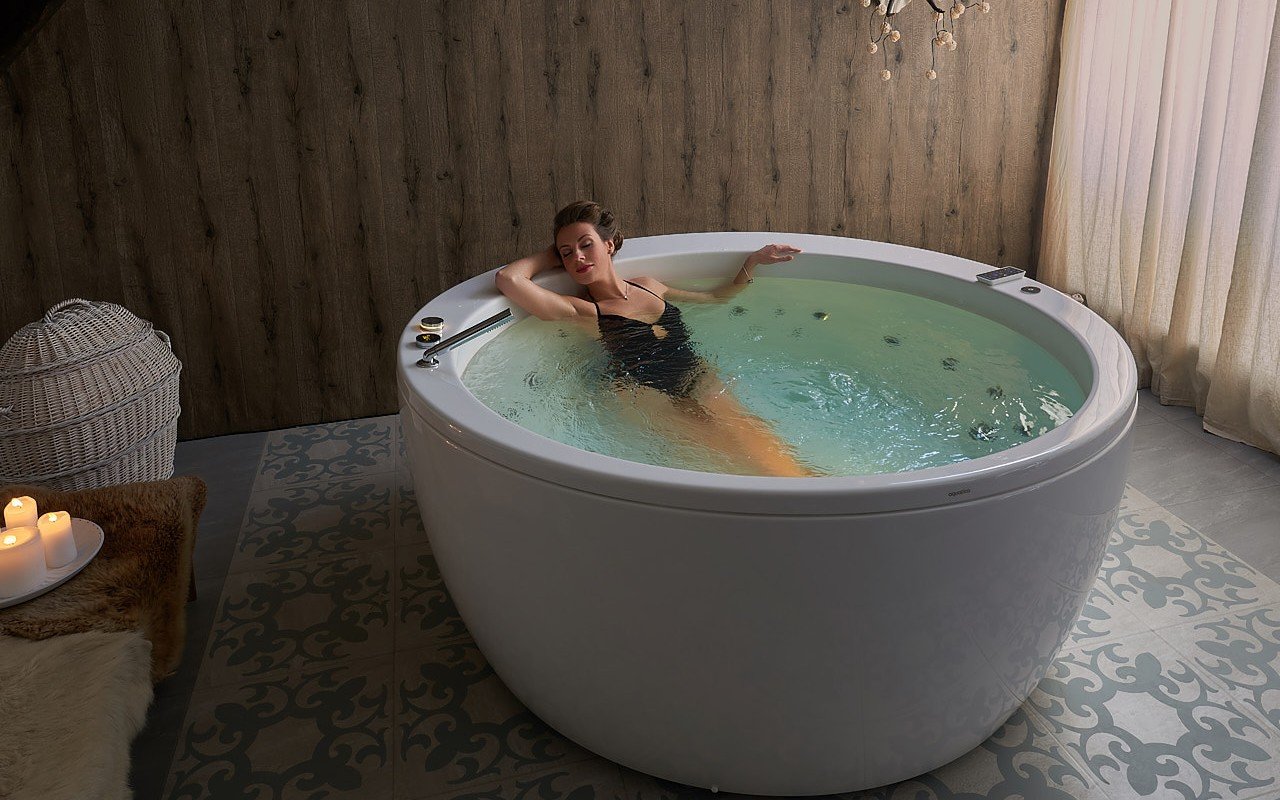
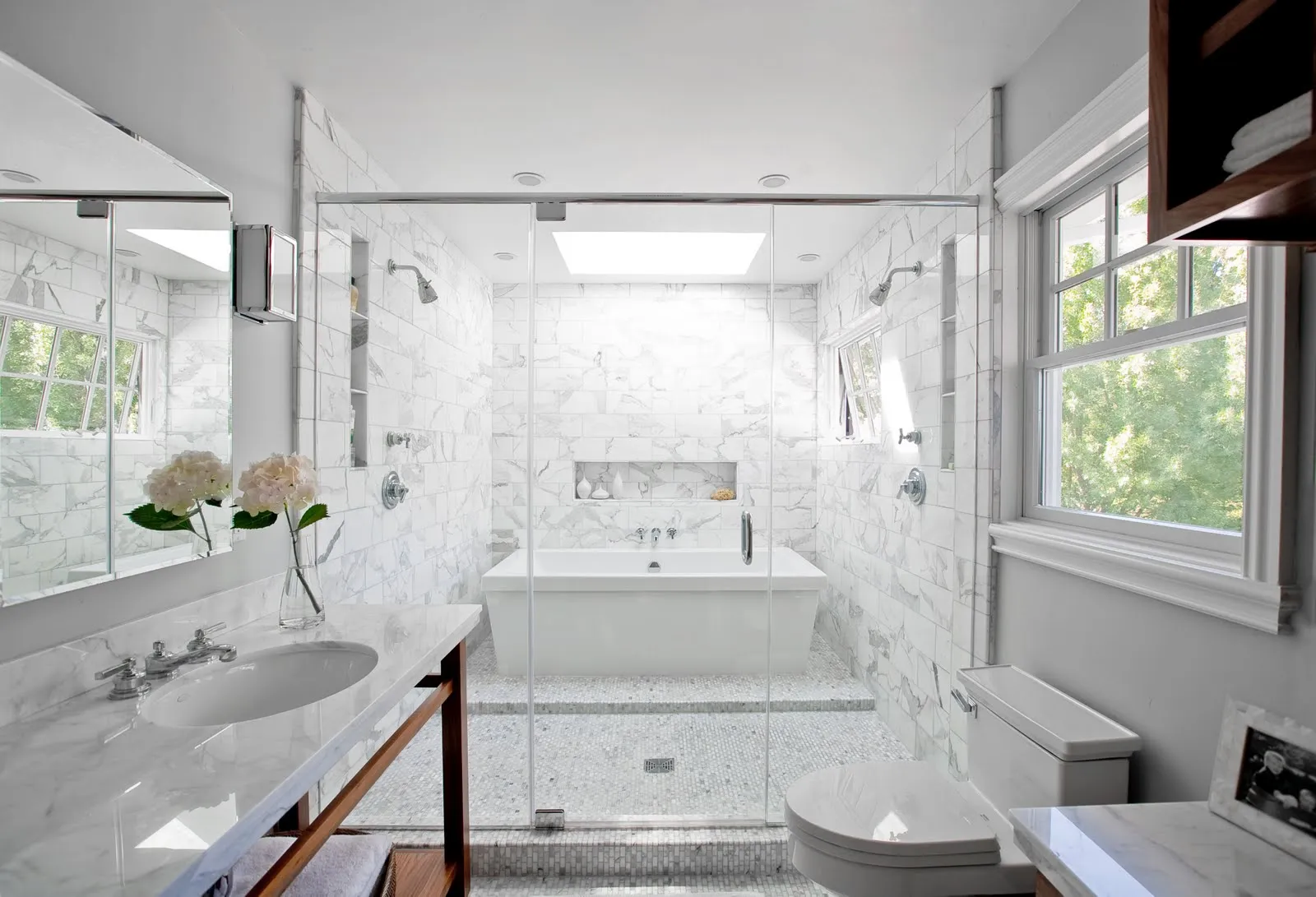
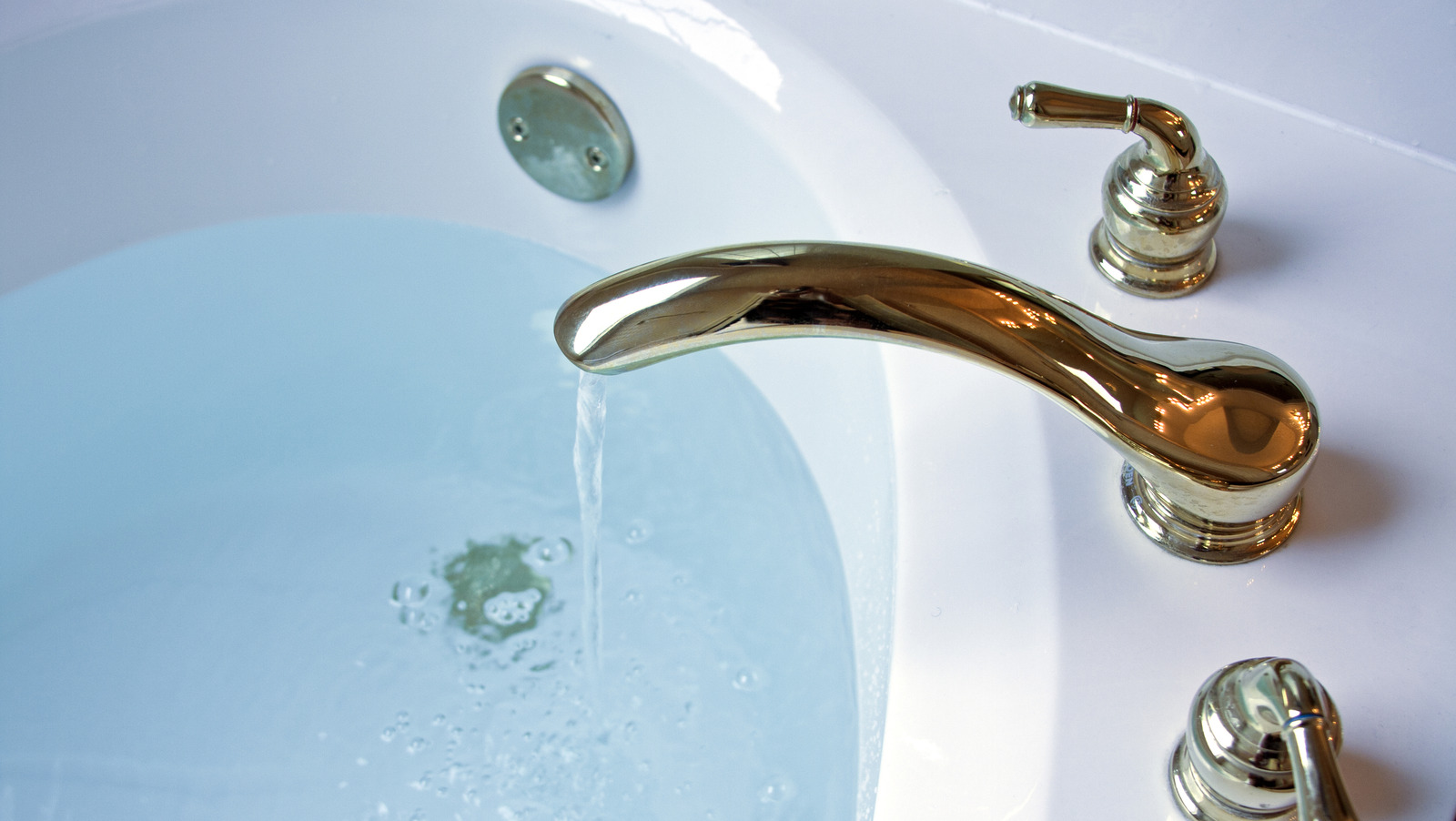
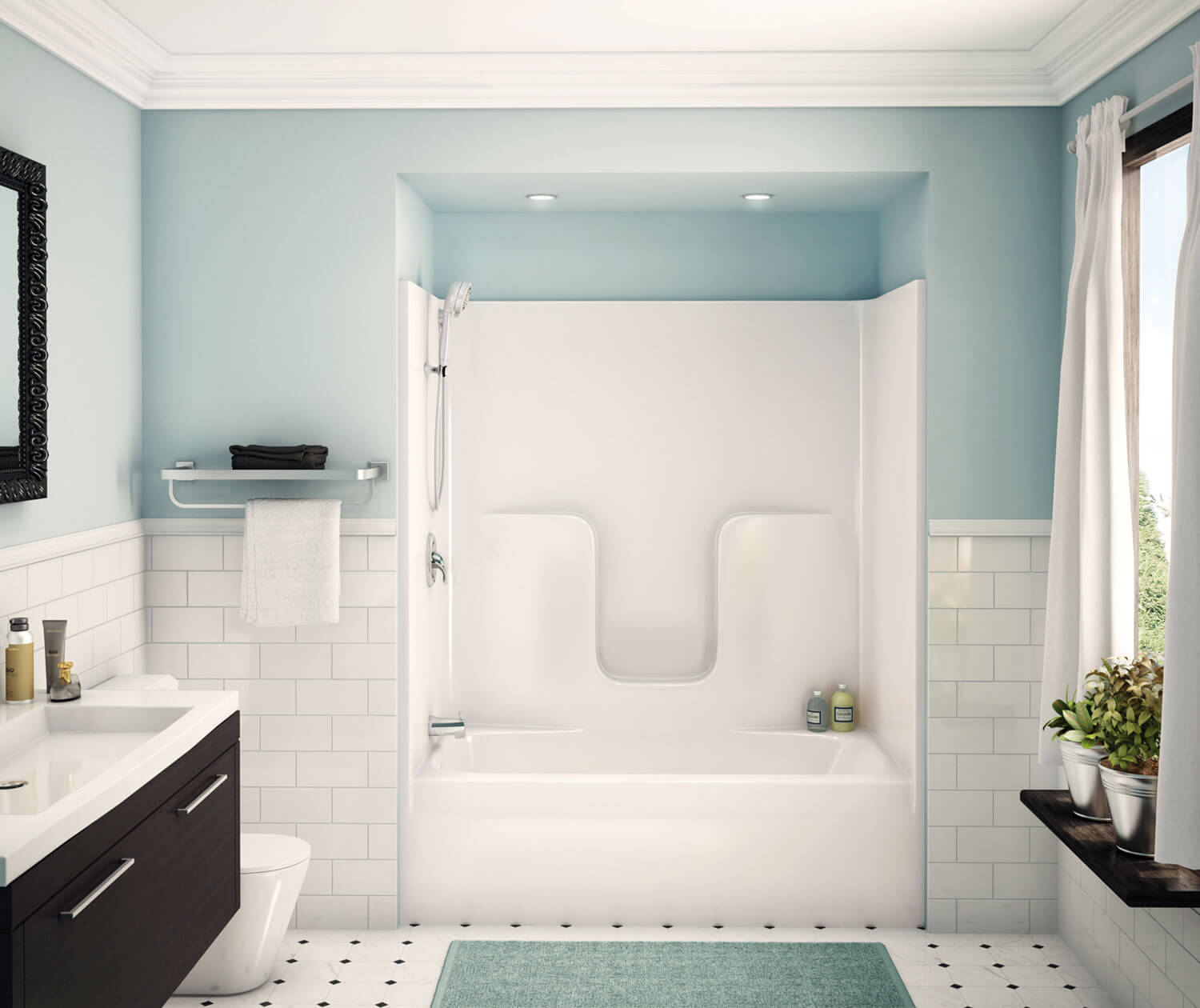
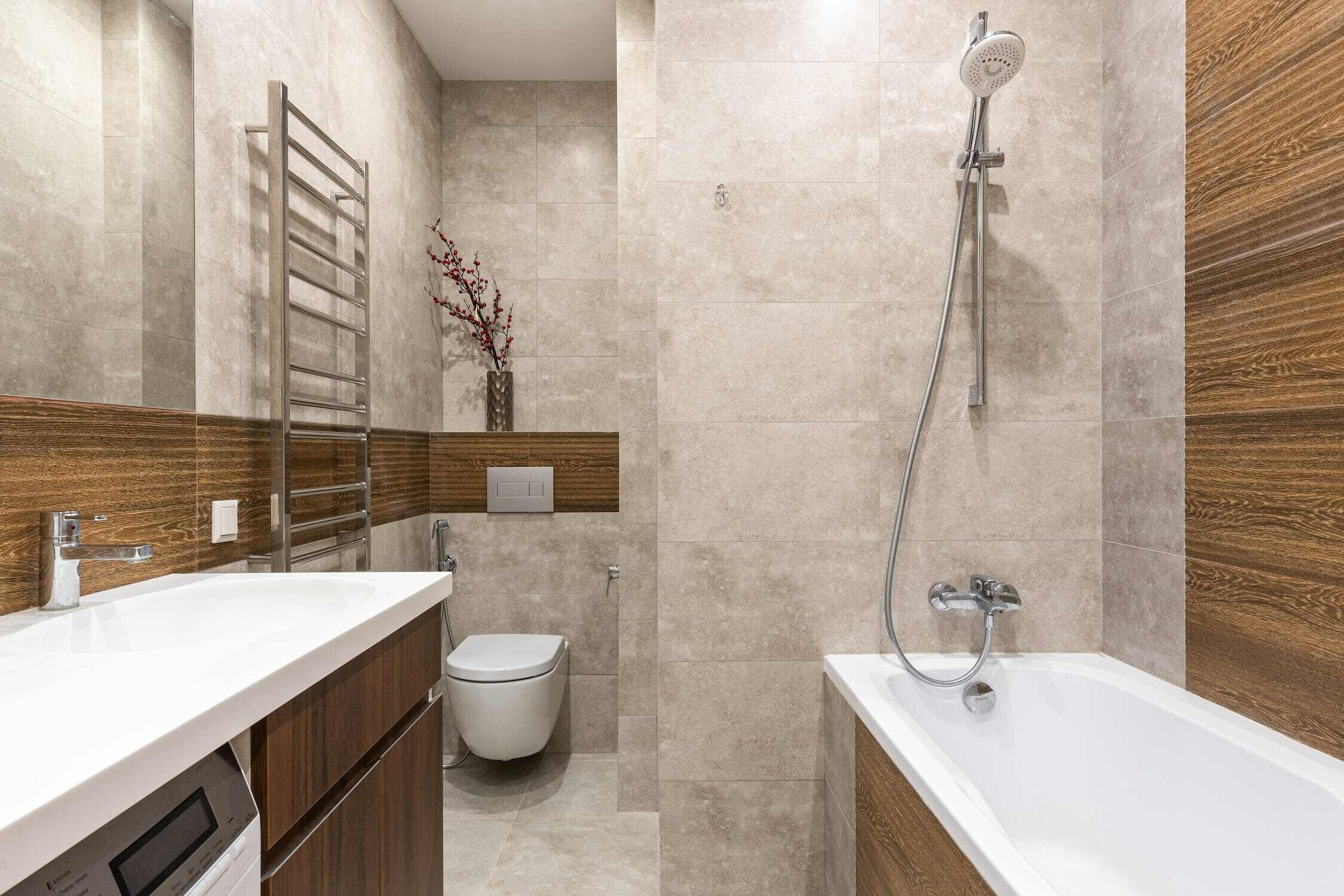
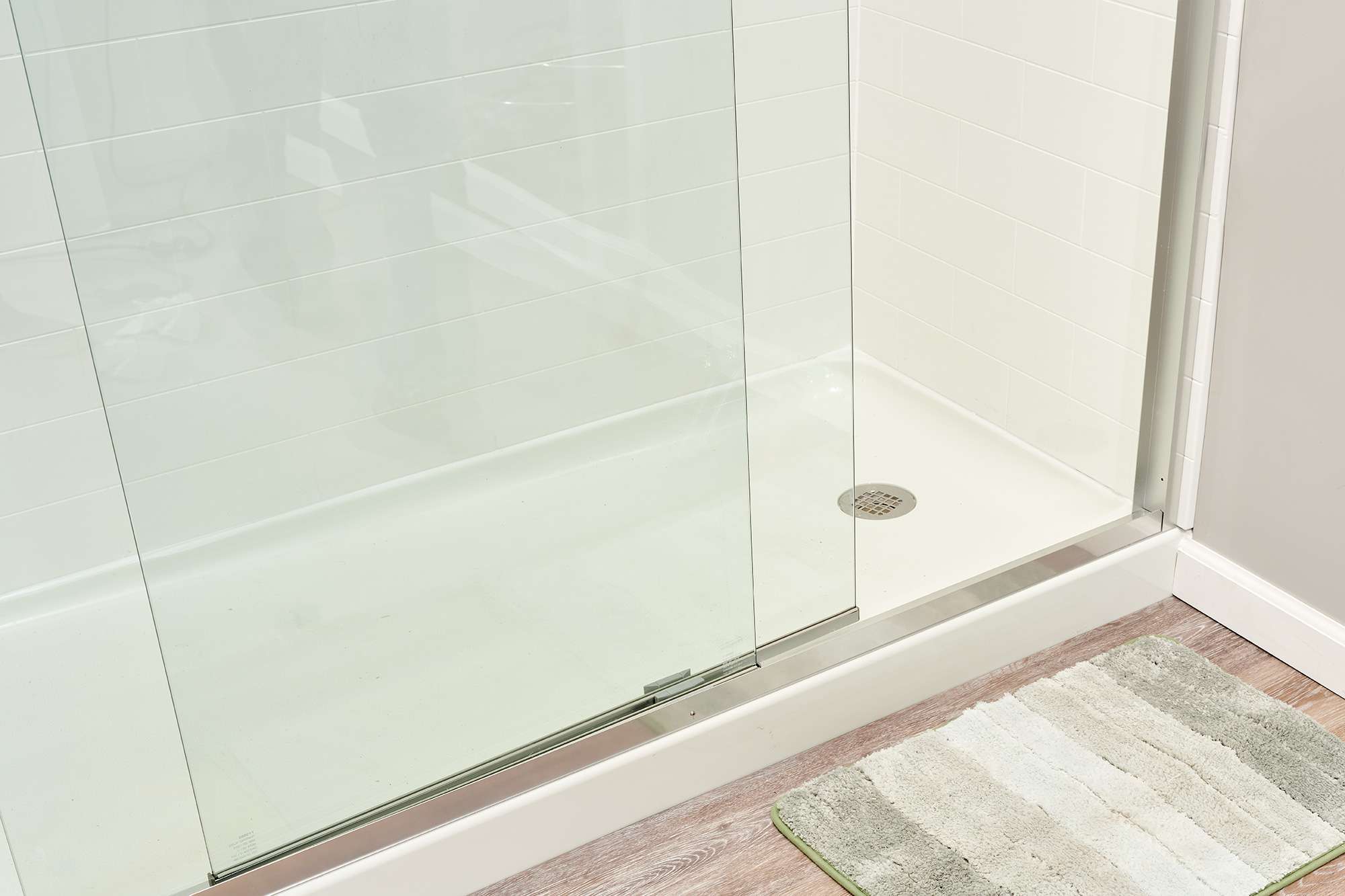
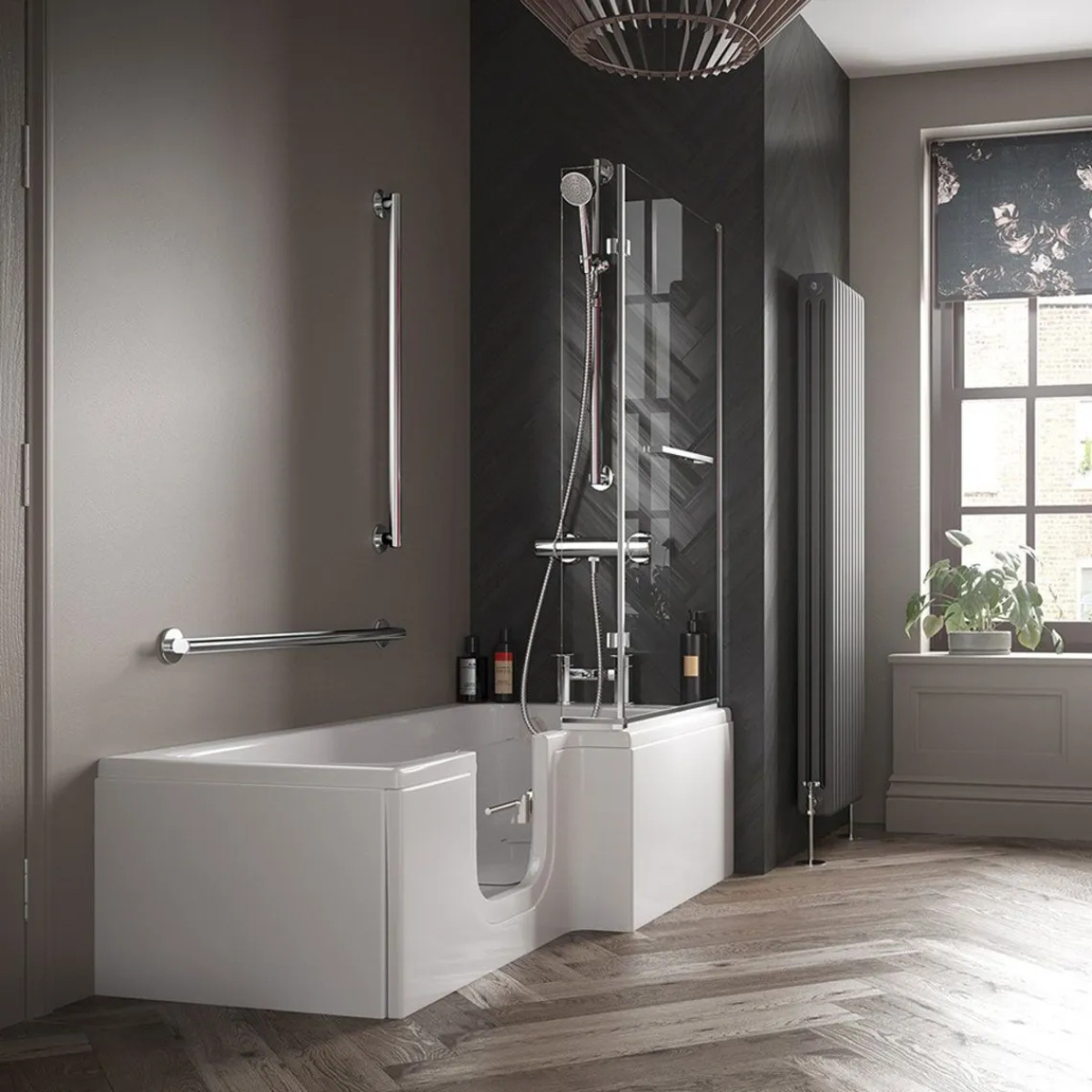

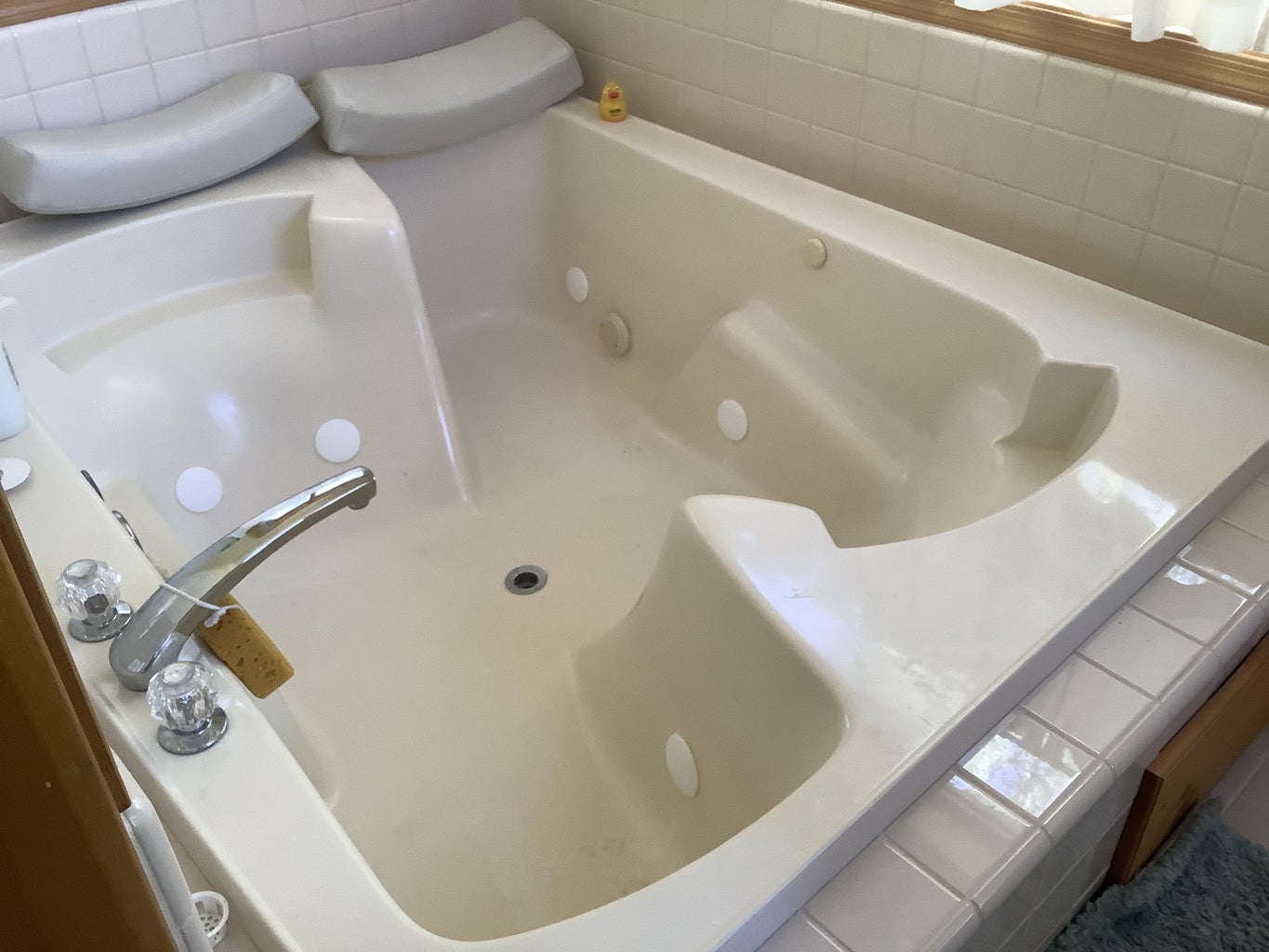
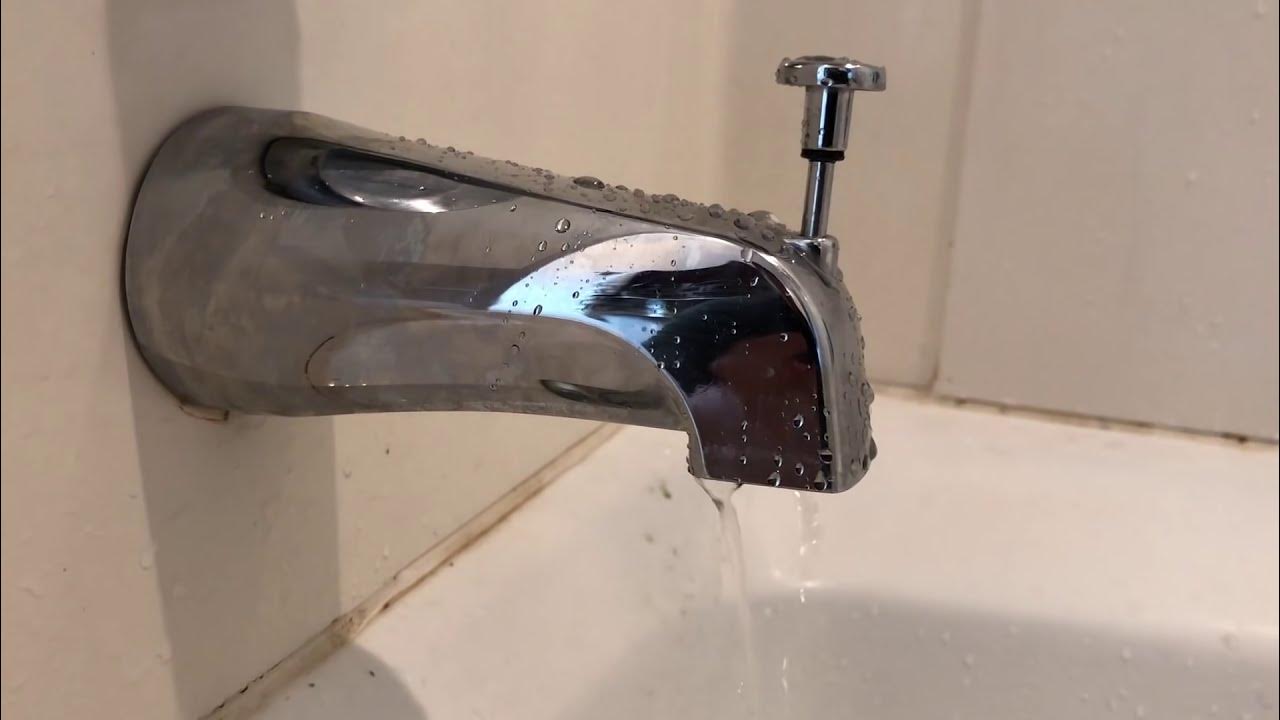

0 thoughts on “How To Turn A Shower Into A Bathtub?”